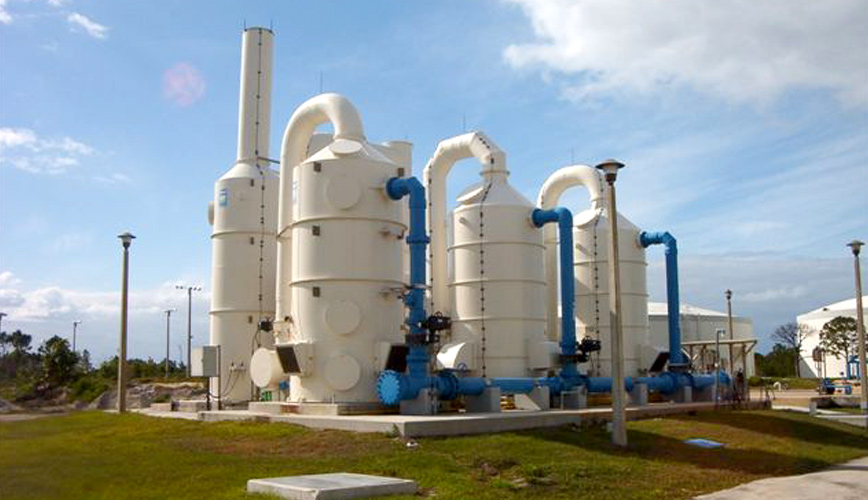Industrial Scrubbers
Industrial Scrubbers
Taking better care of your Environment
(FiberGlass)
Manufacturing Std : ASME, IS, CEN, BiS, API & Other Approved by the renowned consultants and Third party
MOC : : Hastelloy , SS 316, SS 316L, SS 304, SS 304L , CS, CS with PFA-PTFE-HALAR Coating, FRP
Certification : CE,PED,Dosh,ATEX,SASO
inspection
Venturi Scrubber & Wet Scrubber (Industrial Scrubber)
Scrubbers have played a very important role in industrial ventilation for many decades. These are the only devices which can remove particulate matter as well as gaseous impurities. Wet scrubbing of industrial gases has improved over many years to accommodate fine cleaning requirements of today’s industry. Any activity like burning metal forming, chemical reaction or material handling will generate pollutants like particulate matter, unwarranted gases and these pollutants needs to be removed from the gas stream and cleaned gases are to be left in the atmosphere to ensure pollution free Environment.
Scrubbers can be grouped into 2 types:
- For particulate collection, where equipment like wet cyclones, cyclonic scrubbers and venturi scrubbers are involved,
- For gaseous absorption / removal, where equipment like static packed bed, dynamic packed bed, baffle plate scrubbers or impingement plate scrubbers are involved.
Wet Scrubber
Wet scrubbers are effective air pollution control devices for removing particles and/or gases from industrial exhaust streams. A wet scrubber operates by introducing the dirty gas stream with a scrubbing liquid – typically water. Particulate or gases are collected in the scrubbing liquid. Wet scrubbers are generally the most appropriate air pollution control device for collecting both particulate and gas in a single system.
ChemSepT™ offers a variety of wet scrubber systems specifically designed for your process application. Many important operating variables are considered when evaluating the size and type of scrubber for any specific application. We will work with you and use our experience and knowledge to provide the proper solution for your process.
Types of Wet Scrubbers
Typical wet scrubber systems consist of a scrubbing vessel, ductwork and fan system, mist eliminator, pumping (and possible recycle system), spent scrubbing liquid treatment and an exhaust stack. Modern controls are used to monitor the system and make any necessary adjustments.
Venturi Scrubber
In its simplest form, a venturi scrubber consists of a restriction in a gas duct into which water is introduced. The scrubbing occurs at the restriction where high gas velocities atomize the water into fine droplets. After scrubbing, the gas and water are separated in a cyclonic separator, the water gravitating to a pumping tank for re-use and the clean gas leaving from the top of the separator.
Scrubbers are common in many industrial applications including pollutant reduction at petroleum refineries, chemical processes, acid manufacturing plants, and steel making.


